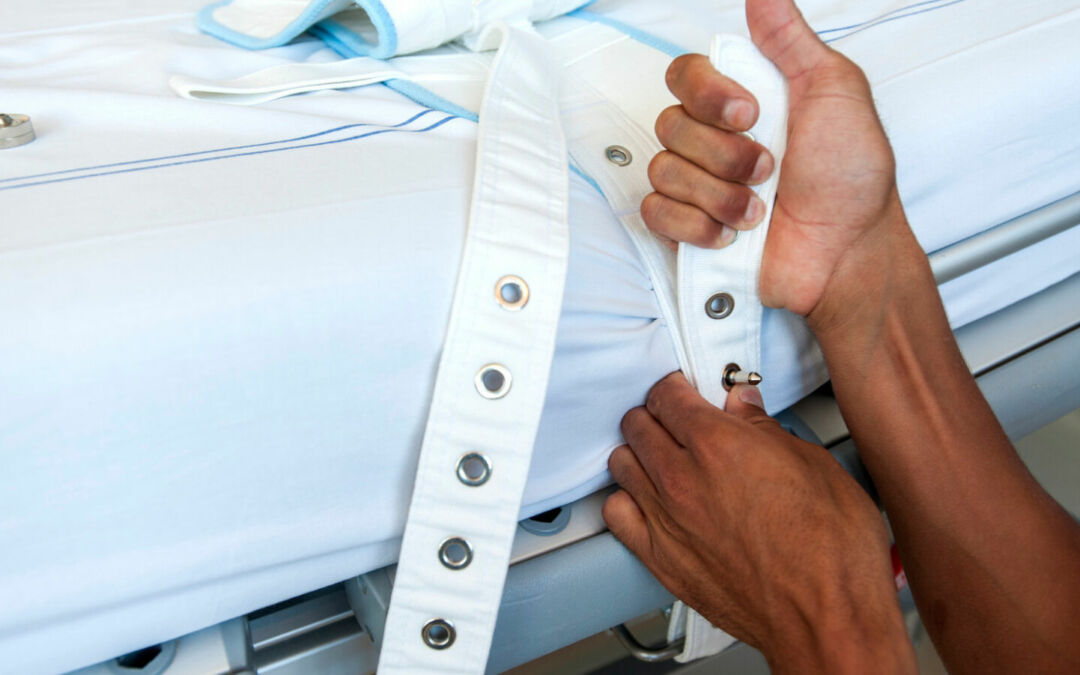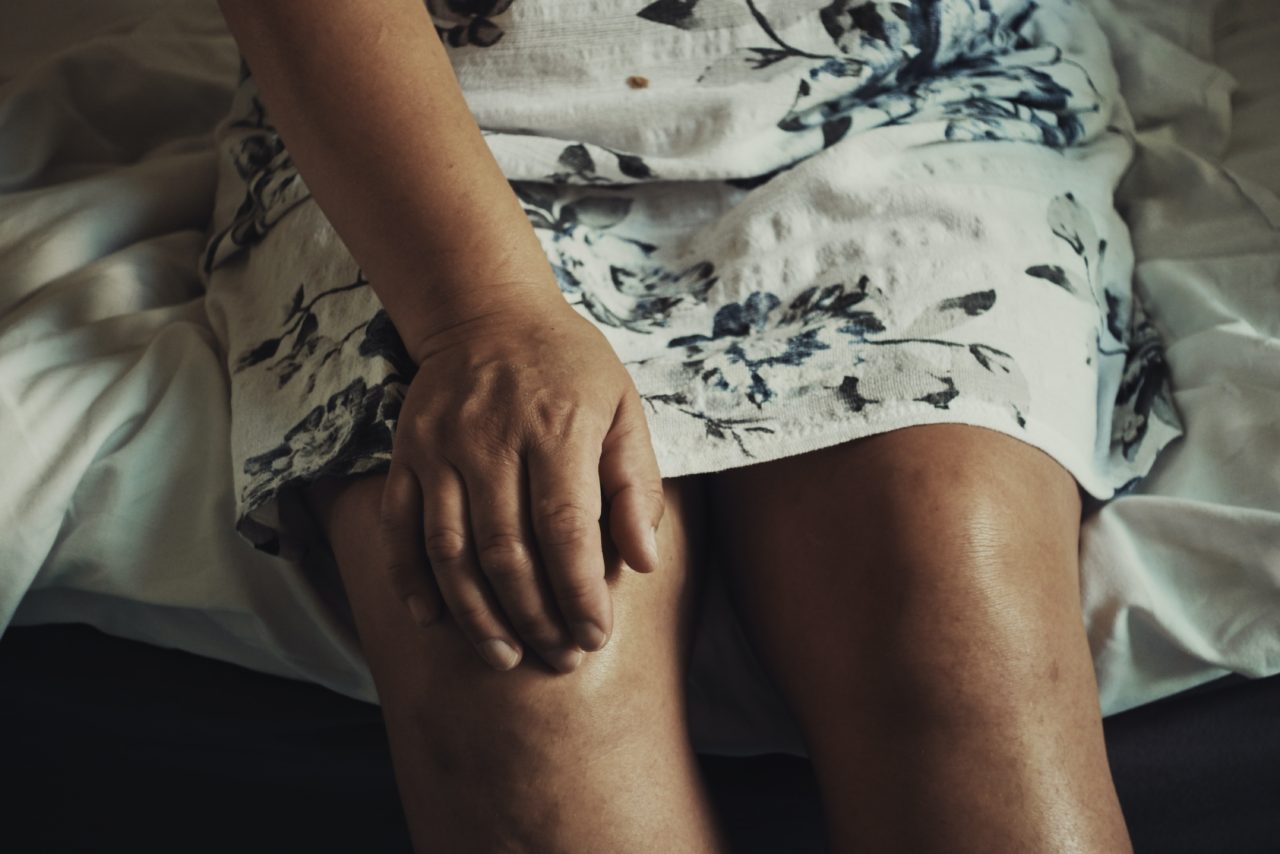Reference
Pivodic L, Smets T, Gambassi G, Kylänen M, Pasman HR, Payne S, Szczerbińska K, Deliens L, Van den Block L; PACE. Physical restraining of nursing home residents in the last week of life: An epidemiological study in six European countries. Int J Nurs Stud. 2020 Apr;104:103511. doi: 10.1016/j.ijnurstu.2019.103511.
At a glance
In many high-income countries, one in three of deaths occur in nursing homes. Despite the widespread consensus that the use of physical restraint should be avoided, it is still a common practice in nursing homes, including among people at the end of their life.
The study highlights a great variation in the proportion of the use of physical limb or trunk restraints in the last week of life of the nursing home residents in six European countries (i.e. Belgium, England, Finland, Italy, the Netherlands, and Poland), even as a consequence of legal framework and national policies. If on the one hand, there are virtuous countries such as the Netherlands and England where the phenomenon is not or rarely used, in Italy is still widespread.
Resident and nursing home characteristics, including staffing level, were not associated with an increase use in restrictive physical interventions.
Background
Healthcare providers justify the need of physical restrains to prevent falls, contain agitation and facilitate the administration of medical treatments, such as enteral nutrition. Nevertheless, physical restraints are neither safe nor effective in reducing falls or other injuries. Moreover, physical, psychological, behavioural, ethical and legal implications are significant.
The included countries have different laws regulating the use of physical restraints. In the Netherlands and England clear restraints prevention guidelines have been published to improve nurses’ and physicians’ awareness of alternative practice.
Characteristics of the study
Researchers performed an epidemiological cross-sectional study in 322 nursing homes. A random nation-wide sample of nursing homes was selected in each country, after stratifying for region, nursing home type and bed capacity. In Italy, where a national list of nursing homes was not available, a convenience sample of nursing homes from 15 Regions was invited, ensuring geographic variation between northern, central and southern areas.
After identifying all the deceased during the previous three months, the nurses most involved in the end-of-life care of the residents were asked for the use of trunk or limb restraints during their last week of life. Nursing home managers reported for the residents’ demographic data and facilities’ characteristics.
Results
A total of 1384 out 1707 (81.6%) deceased residents were analysed. The proportion of residents who had limb or trunk restraints during their last week of life amounted to 18% in Italy, 12% in Belgium, 4% in Finland e Poland, 1% in England, 0% in the Netherland. In Italy, 12% of the residents were restrained daily.
At least one resident was restrained before dying in 19/46 (41.3%) nursing homes in Belgium, 13/36 (36.1%) in Italy, 10/50 (20%) in Poland, 11/91 (21%) in Finland e 1/49 (2%) in England, showing that in Belgium and Italy the practice is common in many facilities. Italian nursing home residents were twice as likely of being restraints at the end of their life as Belgian.
The number of residents per nurse was not a significant predictor for the use of physical restraints.
Study limitations
Despite the nationwide representative sample, only those nursing home managers most sensitive to the issue of physical restraint or to a palliative end-of-life approach may have adhered to the study. Moreover, given the self-report nature of the measure, nursing staff may have underreported the proportion of restrained deceased residents for a social desirability reason. In the definition of the physical restraints, bed rails or other coercive measures, including pharmacological, were not included.
Perspectives
In Italy, the use of physical restraints is not clearly regulated. The practice is indirectly justified by the Penal and Criminal Code in case of “state of necessity”, as an act proportionate to a grave and imminent peril, not otherwise avoidable, in order to protect health and safety.
Lack of or lower physical restraint use in certain European countries suggests that reducing or even avoiding its use is a realistic and achievable goal. It seems necessary and urgent to define national strategies, alongside a proper legal framework, to discourage the use of these interventions, which are a clear indicator of poor quality of care. Guidelines and local protocols, particularly in nursing homes, might help healthcare professionals to make different choices and identify effective alternatives to the physical restraints.
Edited by Ines Basso




